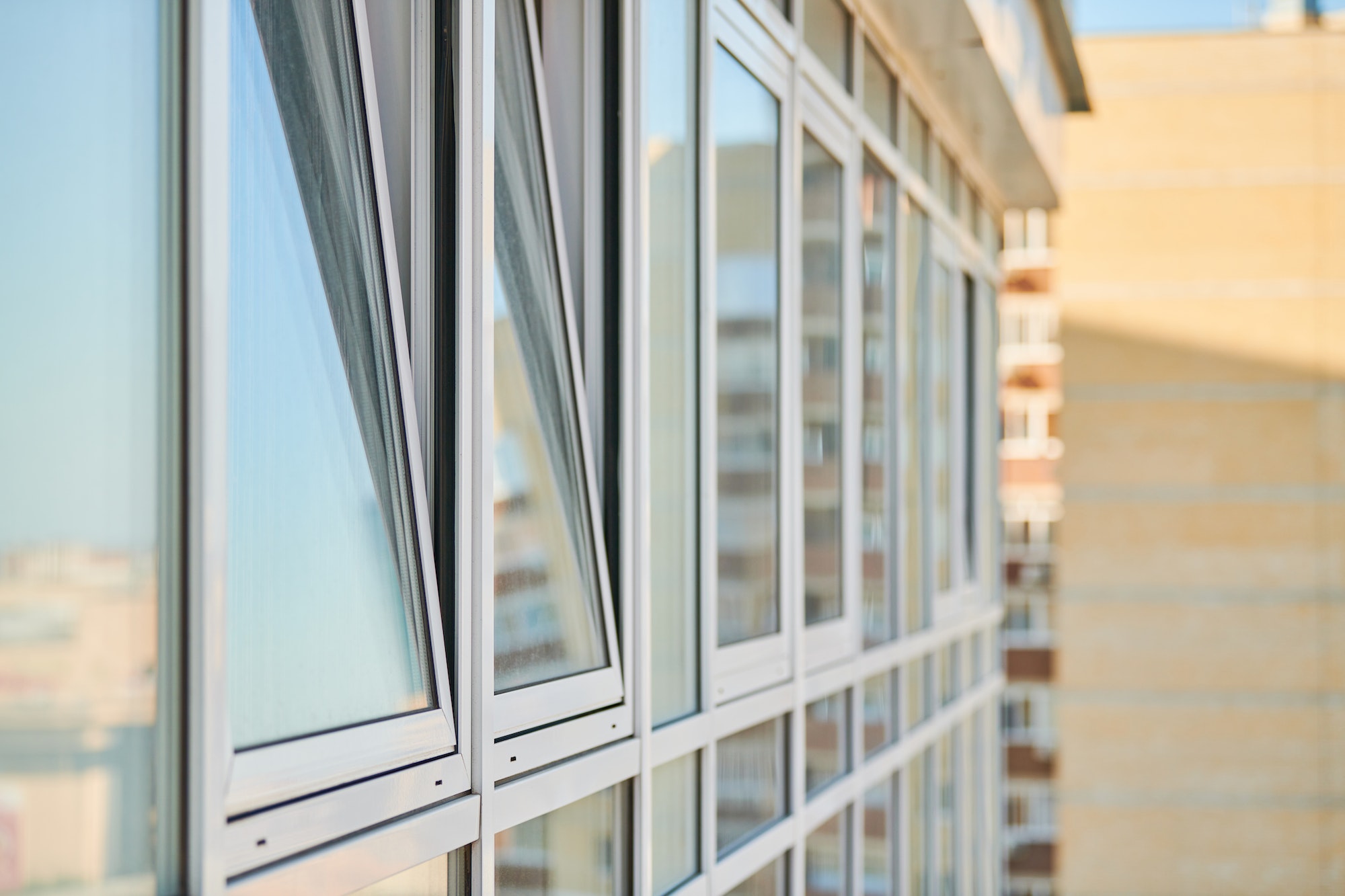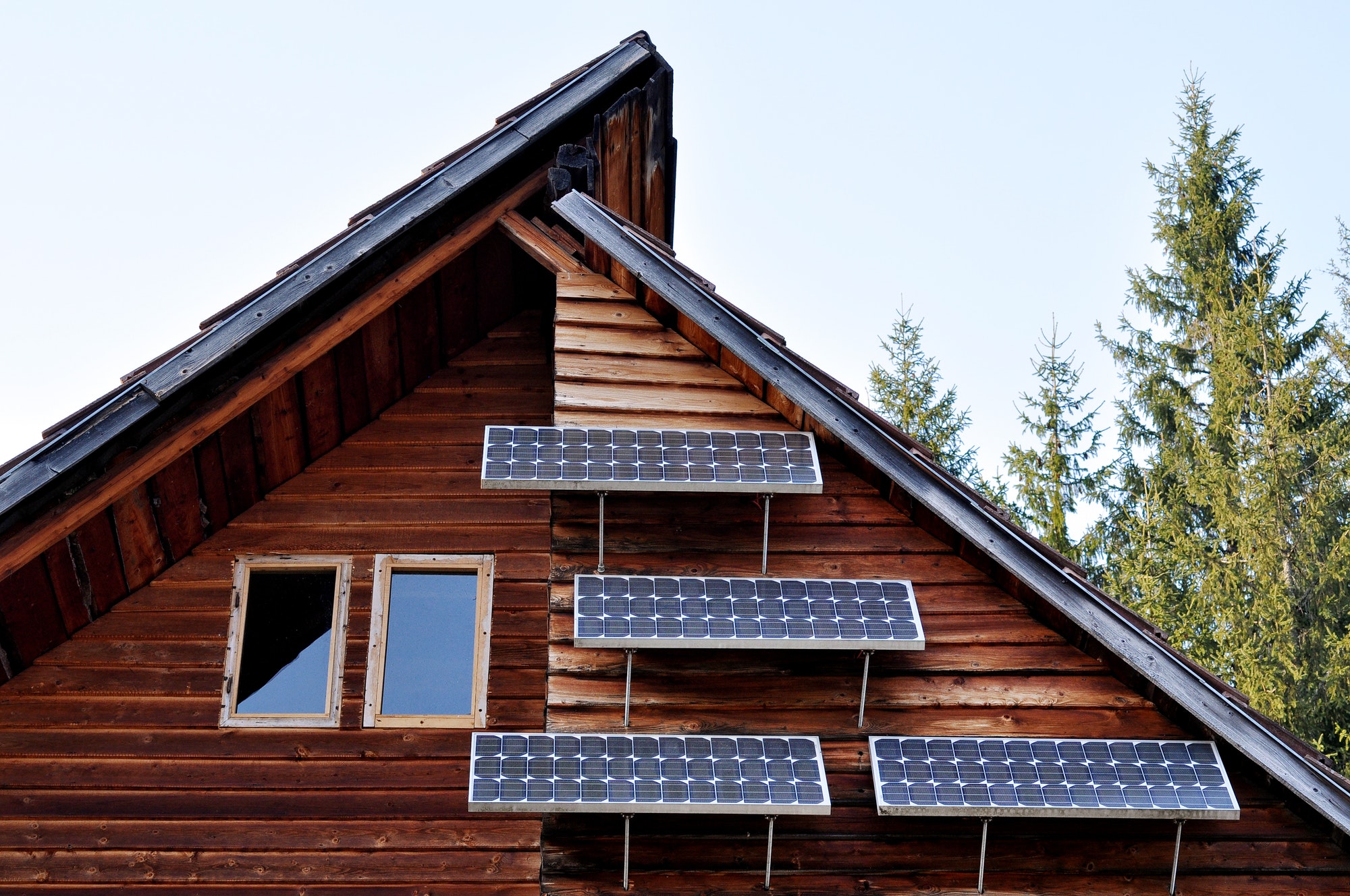In modern architecture, using self-supporting glazing bars has revolutionized how structures are elevated. With their exceptional strength and sophisticated design, these bars have opened up endless possibilities for architects and engineers seeking to create awe-inspiring spaces. From monumental glass facades to soaring atriums, the integration of self-supporting glazing bars seamlessly blends aesthetics and functionality, pushing the boundaries of what can be achieved in architectural design.
Understanding the Design and Application of Self-Supporting Glazing Bars
These innovative bars have transformed the way structures are elevated, offering exceptional strength and a sophisticated design. With their use, architects and engineers can create awe-inspiring spaces, such as monumental glass facades and soaring atriums, that seamlessly blend aesthetics and functionality.
Self-supporting glazing bars have revolutionized architectural design by pushing the boundaries of what is possible. Their integration allows for the creation of structures that were previously unimaginable. These bars not only provide structural support but also enhance the visual appeal of a building. The design of self-supporting glazing bars allows for a seamless connection between glass panels, enabling architects to create stunning, uninterrupted views and spaces filled with natural light.
Architects and engineers who understand the design and application of self-supporting glazing bars can create visually striking and structurally sound structures. The versatility of these bars opens up endless possibilities for creating unique and inspiring spaces. By combining sophisticated design and exceptional strength, self-supporting glazing bars have become essential in modern architectural projects aiming to elevate structures to new heights.
Setting Up Your Self-Supporting Glazing Bars
The first step in the installation process is to carefully measure and mark the desired location for the glazing bars, ensuring accurate placement. Next, the bars should be securely anchored to the structural framework using the specified fixings, considering any load requirements. Pay close attention to the alignment and spacing of the glazing bars, ensuring they are evenly distributed to support the weight of the glass panels.
Once the glazing bars are properly installed, the next step is carefully fitting the glass panels into the bars. It should be done methodically and precisely to ensure a seamless and secure fit. Depending on the specific design and requirements, additional gaskets or sealants may be necessary to provide a watertight and weather-resistant installation.
It is crucial to adhere to safety guidelines throughout installation and consult with professionals or manufacturers for any specific recommendations or requirements. By following the installation guide and taking the necessary precautions, you can ensure the successful setup of your self-supporting glazing bars and achieve the desired aesthetic and functional results for your architectural project.
Maintenance and Care of Self-Supporting Glazing Bars
Maintenance and care of self-supporting glazing bars are essential to ensure their longevity and optimum performance. Regular inspection is crucial to identify any signs of damage or wear and tear. It includes checking for cracks, corrosion, or any structural issues that may compromise the integrity of the glazing bars.
Cleaning the glazing bars is also an essential maintenance task. Accumulating dirt or debris can not only affect the structure’s appearance but can also hinder its functionality. Regularly removing dirt and grime with a mild detergent and soft sponge is recommended, avoiding using abrasive cleaners or materials that could potentially scratch the surface of the bars.
In addition to visual inspection and cleaning, lubricating any moving parts or mechanisms in the glazing bars should be carried out regularly. It ensures smooth operation and prevents squeaking or resistance when opening or closing the glazing system.
By following a regular maintenance routine and addressing any issues promptly, self-supporting glazing bars can continue to provide exceptional strength and maintain their stunning aesthetics, elevating architectural structures to new heights of design and functionality.
Discover more from Futurist Architecture
Subscribe to get the latest posts sent to your email.



